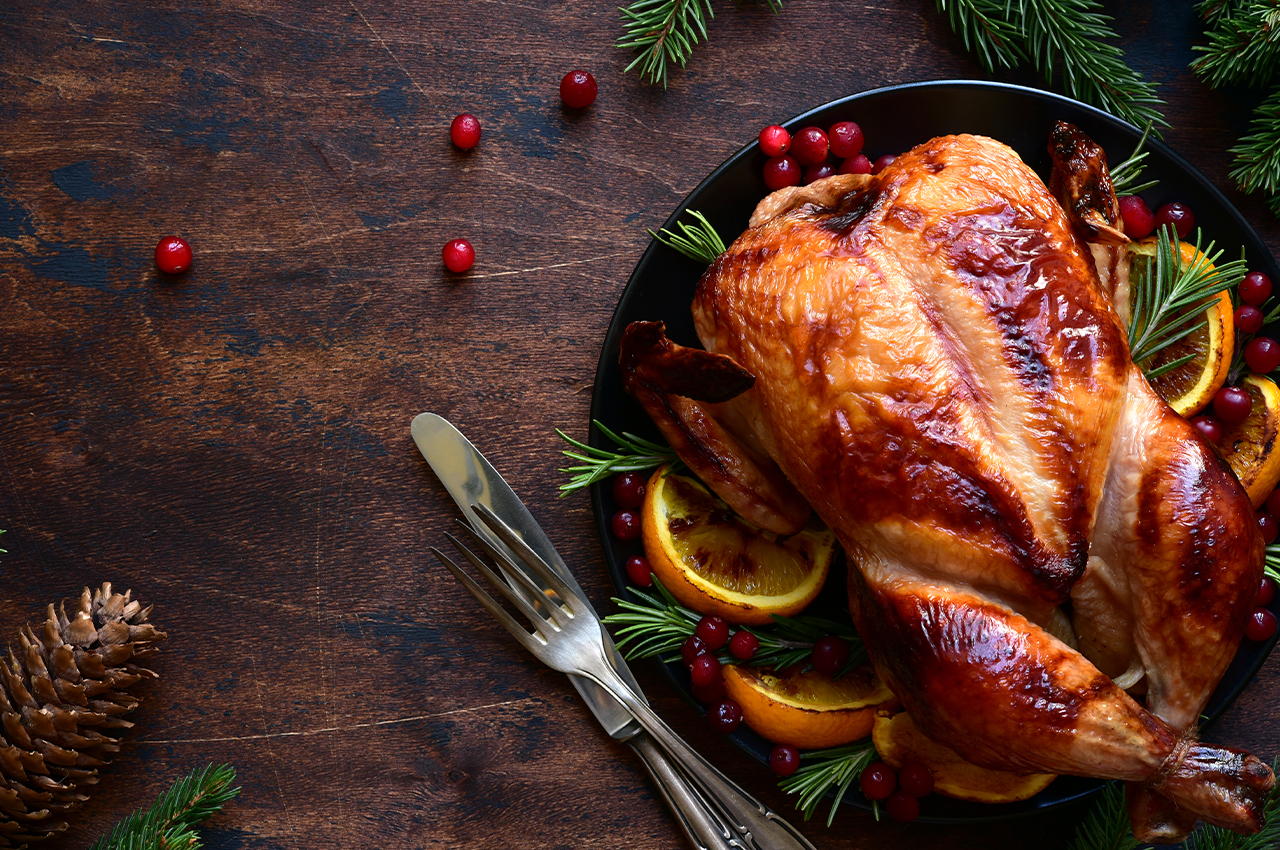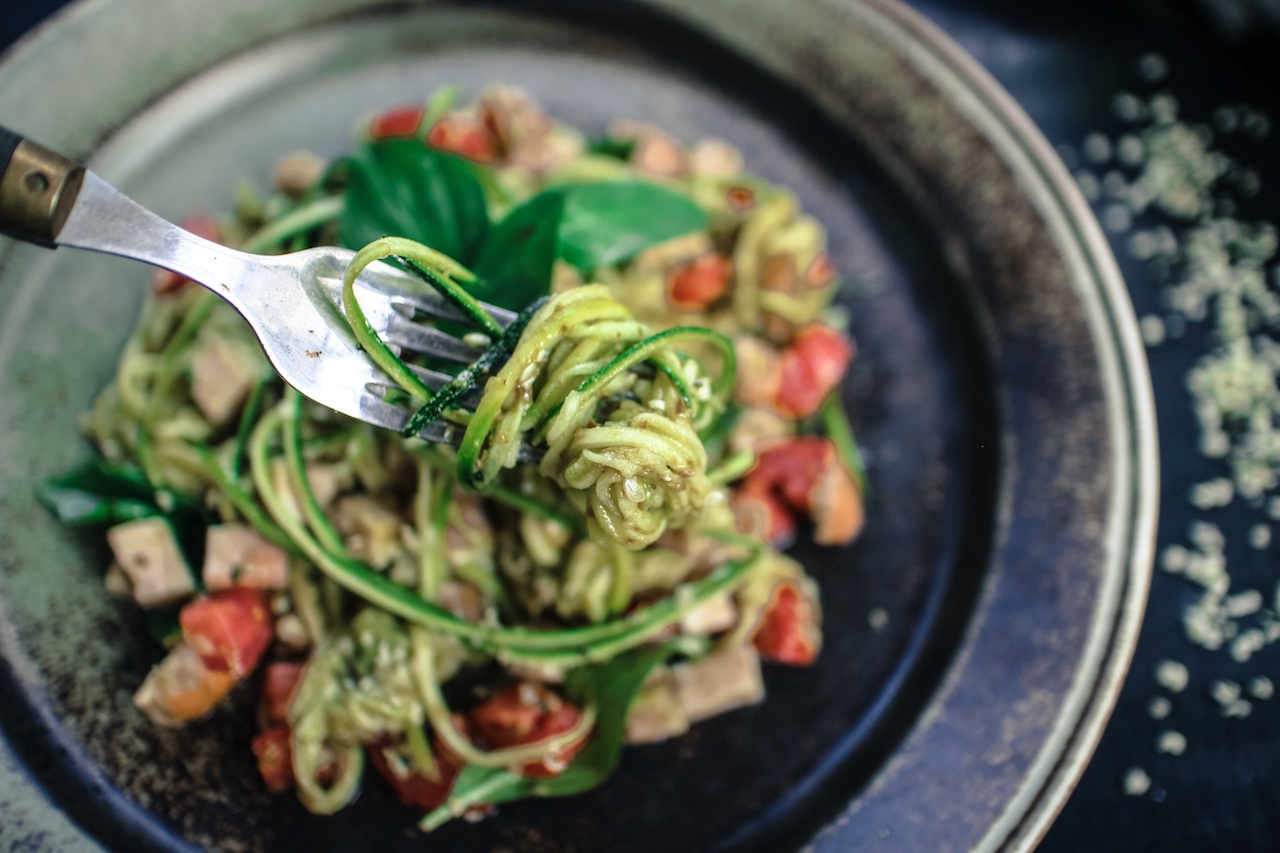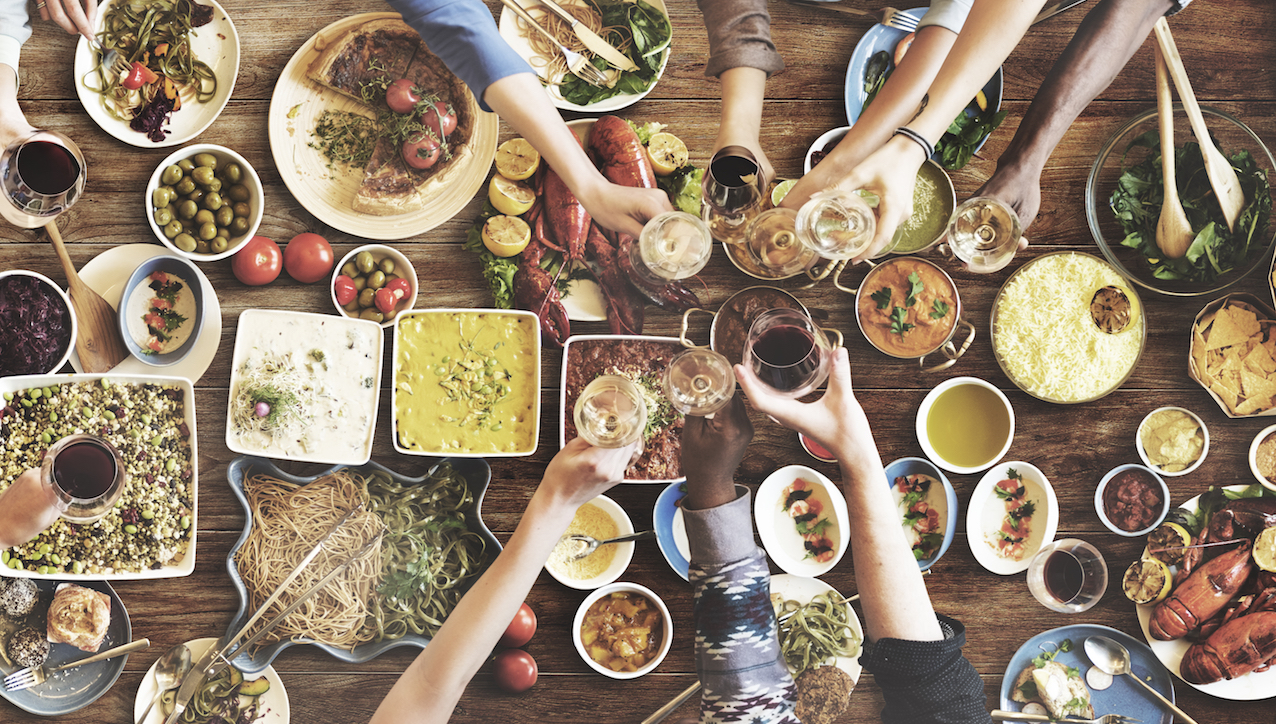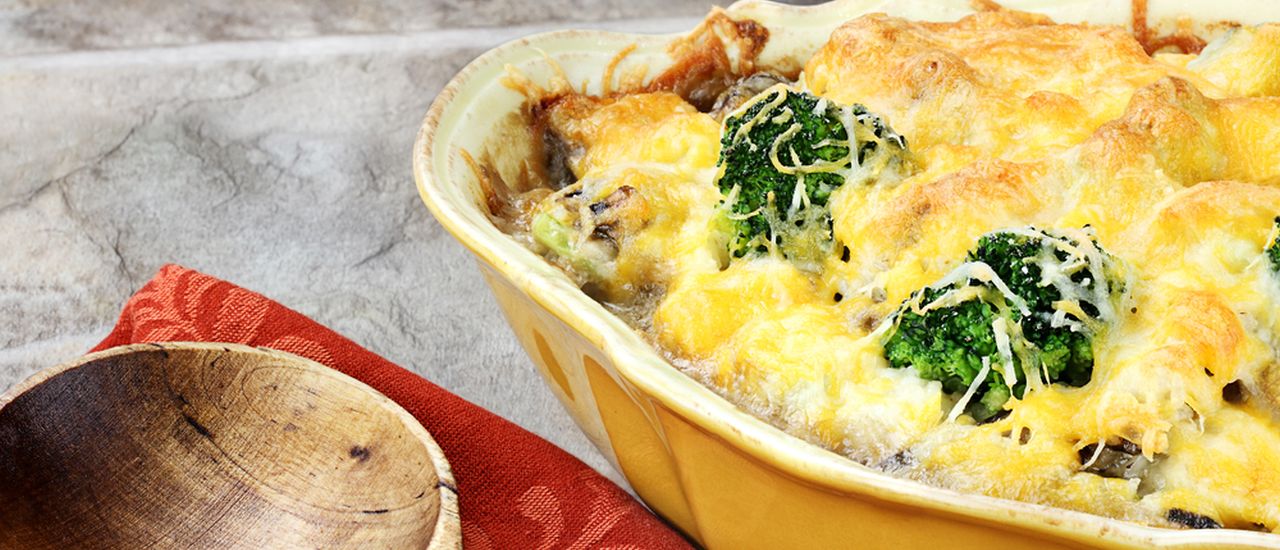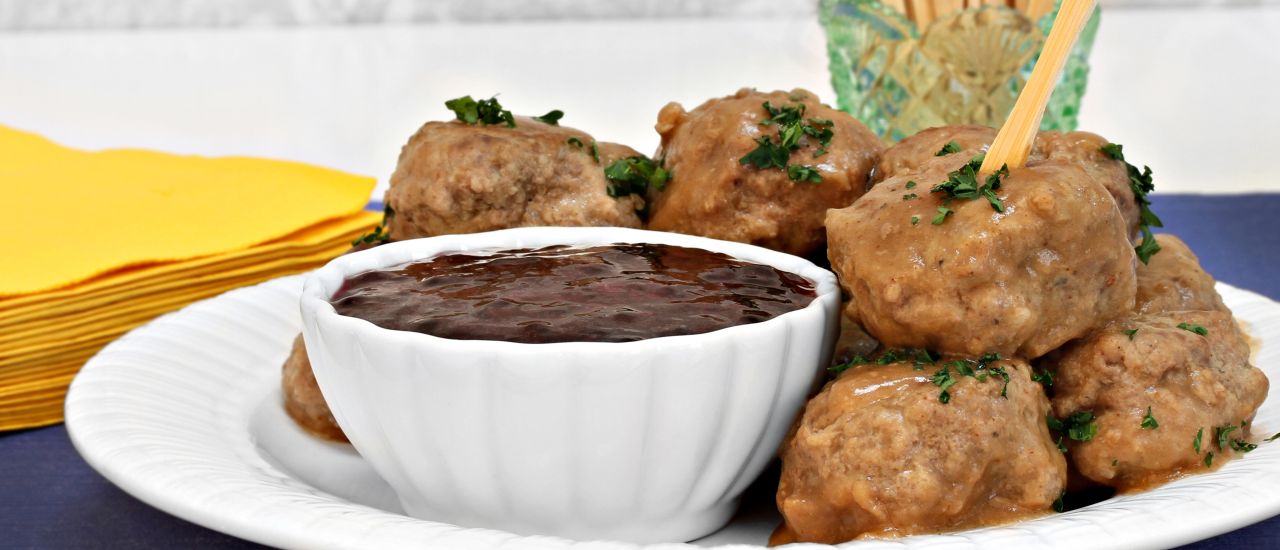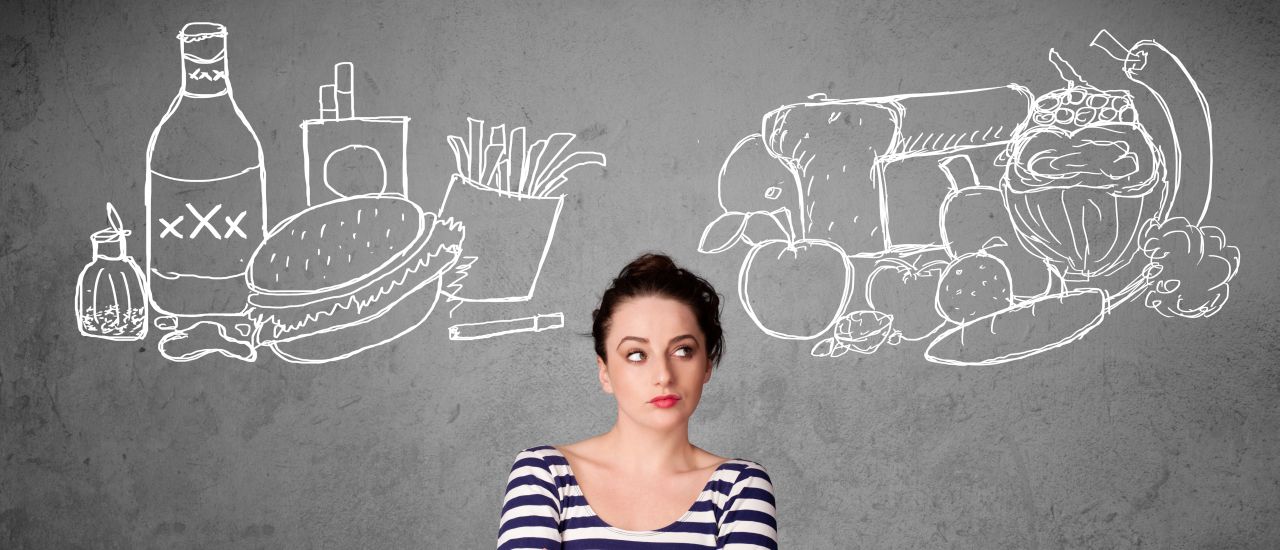Back in the day, “going on a diet” meant eating small morsels of food or snacking on grapefruit and lettuce leaves.
Today, diets aren’t one-size-fits-all and there’s finally a better understanding of personalised nutrition. If you’re thinking of changing up your diet to lose weight, eat more healthily or just have a change, check with your doctor or nutritionist to help you come up with a suitable plan. Your personal dietary needs and lifestyle will both need to be considered.
Here are 5 healthy diets to help you get started.
Paleo
The paleo diet is designed to resemble what human hunter-gatherer ancestors ate thousands of years ago. You can eat as much as you like but only the right foods. It doesn’t limit calories or consist of portion control. For this diet you need to eat whole, unprocessed foods. If possible, choose grass-fed and organic products. Basically, if it looks like it was made in a factory, don’t eat it.
Eat: Meat, fish, eggs, vegetables, fruits, nuts, seeds, herbs, spices, healthy fats and oils.
Avoid: Processed foods, sugar, soft drinks, grains, most dairy products, legumes, artificial sweeteners, vegetable oils, margarine and Trans fats.
Benefit of the diet: It can help with weight loss, lowering blood pressure, and controlling blood sugar in the short term.
Potential risks: You may miss out on key nutrients. Eliminating dairy can leave you with lower levels of calcium and vitamin D. Over time, this could put you at risk of developing osteoporosis or bone fractures.
Vegan
Based exclusively on plant foods, this diet eliminates all animal products. Vegans need to pay special attention to their diets to avoid specific nutrient deficiencies.
The vegan diet is linked to several health benefits such as weight loss, improved heart health, and better blood sugar control. That’s because it’s low in saturated fat and rich in nutrients.
Benefit of the diet: It can reduce the risk of mortality from conditions like:
- Type 2 diabetes
- Cardiovascular disease
- Coronary heart disease
- Hypertension
- Stroke
- Obesity
- Some cancers including prostate and colon cancer
Potential risks: If you’re switching to or following a vegan diet ask your doctor if you should take supplements to replace some nutrients, or should consume more fortified foods.
Low-carb, whole-food diet
The low-carb, whole-food diet is perfect for people who need to lose weight, optimise health and lower their risk of disease. The diet is flexible and allows you to fine-tune your carb intake depending on your goals.
It’s high in vegetables, meat, fish, eggs, fruits, nuts and fats, but low in starches, sugars and processed foods.
Benefit of the diet: It may help prevent or improve serious health conditions like metabolic syndrome, diabetes, high blood pressure and cardiovascular disease. A moderately low-carbohydrate diet can help the heart provided protein and fat selections come from healthy sources.
Intermittent Fasting
Rather than restricting the foods you eat, intermittent fasting controls when you eat them. The diet cycles your body between periods of fasting and eating and can help you lose weight without following a traditional, calorie-restricted diet.
Benefit of the diet: Besides weight loss, the fasting can help improve glucose control, reduce liver fat and improve blood pressure.
Potential risks: Those who are brittle diabetics (have hard-to-control diabetes), have a history of eating disorders like anorexia and bulimia and pregnant or breastfeeding women should not attempt fasting unless they are under their doctor’s supervision.
The Atkins diet
The Atkins diet is split into 4 different phases:
Phase 1 (induction): Under 20 grams of carbs per day for 2 weeks. Eat high-fat, high-protein, with low-carb vegetables like leafy greens. This helps kick-start the weight loss.
Phase 2 (balancing): Slowly add more nuts, low-carb vegetables and small amounts of fruit back to your diet.
Phase 3 (fine-tuning): When you’re very close to your goal weight, add more carbs to your diet until weight loss slows down.
Phase 4 (maintenance): You can eat as many healthy carbs as your body can tolerate without regaining weight.
Benefit of the diet: Research suggests that people on the Atkins diet who chose foods rich in plant fat and protein did better with their health than those who went with the diet rich in animal fat and protein.
Potential risks: It cause fatigue as your body adjusts to using fat as a source of fuel. Always consult your doctor before starting a diet to make sure the balance of carbs, fat and protein is right for you.
References:

